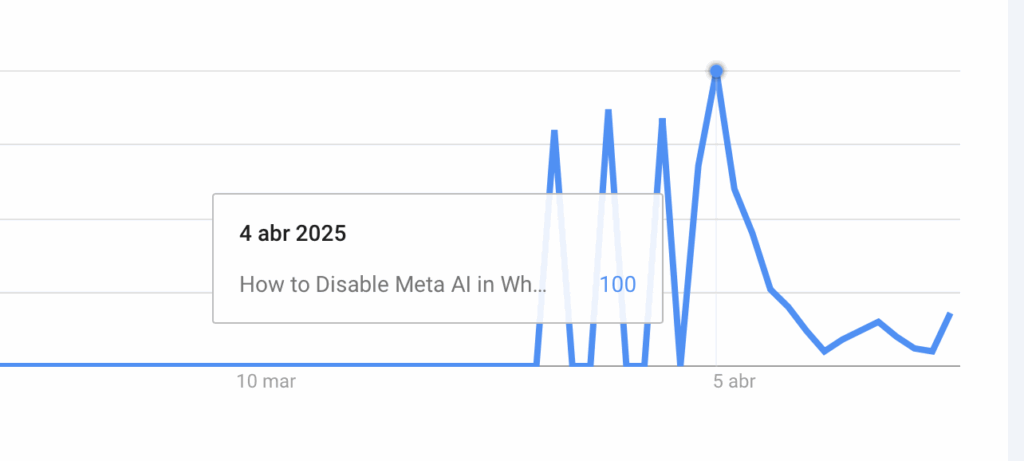How big was the crowd at the military parade? The short answer: about 250,000 people attended the military parade celebrating the U.S. Army’s 250th anniversary in Washington, D.C. Despite hot weather and limited exits causing early departures for some, the event featured an impressive military showcase and drew one of the largest crowds for such a celebration in decades. This article explains the attendance, event details, comparisons with protests, and official figures.
How big was the crowd at the military parade?
The crowd at the military parade was estimated at 250,000 people, based on statements by White House Communications Director Steven Cheung. This figure was echoed by NBC, Newsweek, and other media outlets. The event, held on June 14, 2025, at the National Mall in Washington, D.C., marked the 250th anniversary of the U.S. Army.
What happened at the parade?
The parade featured:
-
Thousands of U.S. Army personnel.
-
Military tanks, armored vehicles, and aircraft flyovers.
-
A speech by Donald Trump on his 79th birthday.
-
Performances, including a fireworks show and country music by Warren Zeiders.
What was the atmosphere like?
Although the crowd size was large, the energy was described as subdued. High temperatures and limited exit routes led many to leave before the parade ended. Still, the event remained the largest military showcase in the capital since the Gulf War victory parade in 1991.
How does it compare to other events that day?
Simultaneously, mass protests took place across major U.S. cities under the “No Kings” movement. These protests, in opposition to authoritarianism, gathered even larger crowds cumulatively than the parade itself. The contrasting public sentiments were widely covered in national and international media.
How big was the crowd at the military parade compared to past events?
The 2025 military parade was among the largest since the early 1990s, drawing 250,000—more than many recent presidential inauguration events.
Did everyone stay for the whole event?
No. Reports noted many attendees left early due to heat and logistical issues, despite the large official count.
Was the number independently verified?
While the figure was shared by a White House official, major outlets like NBC and Newsweek reported the same number, suggesting a consensus.
✅ Conclusion
The answer to how big was the crowd at the military parade is clear: 250,000 attendees, according to official and media sources. Despite challenges, the event was a major public demonstration of military pride and historical celebration.

